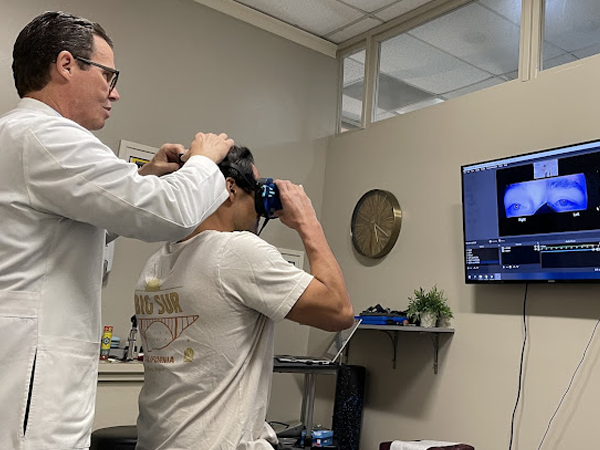
People get sick of taking medicines that cause more harm than good, seeing different doctors, and not getting the relief they need. As a result, neurofeedback training is becoming popular for treating anxiety, depression, concussions, and migraines.
Neurofeedback can increase mental activity without the use of drugs. It identifies negative thoughts and replaces them with balanced, healthier thoughts.
Getting to Know Neurofeedback
A neurofeedback therapy involves the patient receiving immediate feedback on the activity of their brain waves. With the help of visual or vocal stimulation, these brain signals are rearranged. Patients with various mental conditions can start regulating their brain function and reduce their symptoms.
Neurofeedback consists of two phases. The first phase involves an initial assessment and preparing an individual treatment plan. The second phase involves practicing with the therapist (around 30-40 sessions).
Each individual reacts differently to a treatment. So, not everyone will experience the same result. Initial feedback is important to determine the effect of the training.
Benefits of Neurofeedback
The frequency of our brain waves affects how well we sleep, how we react to others, and how we interact with others.
Having too slow or too fast brain waves can lead to feeling tired or anxious. Therefore, synchronizing brain waves becomes critical to feeling positive and functioning perfectly.
The goal of neurofeedback is to combine your brain waves naturally (without medications). The brain is trained to balance fast and slow waves by using neurofeedback.
With age, neurofeedback can also help maintain good brain function. The good news is that nearly every brain can be trained to function better, no matter how old.
Conditions Where Neurofeedback Helps
Neurofeedback training can relieve a variety of conditions, including:
Seizures.
Addiction Recovery.
Sleep Disorders.
Anxiety and Depression.
Post-Traumatic Stress Disorder (PTSD).
Disruptive Behavior Disorders/Bipolar Disorder.
Attention Deficit Hyperactivity Disorder (ADHD).
Autism.
Peak Performance.
Migraines.
Concussions and Traumatic Brain Injury.
Anger Management.
Chronic Fatigue Syndrome.
Eating Disorders.
Oppositional Defiant Disorder (ODD).
Procedure for Neurofeedback
An average neurofeedback therapy session lasts 20 weeks. A person may require fewer or more sessions based upon their individual needs. Sensors will be attached to your scalp as you sit in a chair. Using a computer EEG algorithm, you can analyze your brain waves and determine their active frequencies. As you watch images or listen to music, the program sends signals to your central nervous system. This process will guide your brain waves toward more controlled and desirable patterns. Your brain wave patterns will be immediately improved when you use the program. As a result of the sessions, you may notice a reduction in stress, better sleep, or increased mental focus.
Is Neurofeedback for You?
Neurofeedback patients usually describe their experience as engaging and compelling. Additionally, they say that it feels very relaxing and peaceful.
Are you interested in neurofeedback? Our team at Bagnell Brain Center can examine your brain to see if neurofeedback can help you. For appointments, call (305) 889-7488 in Pinecrest, Florida.






